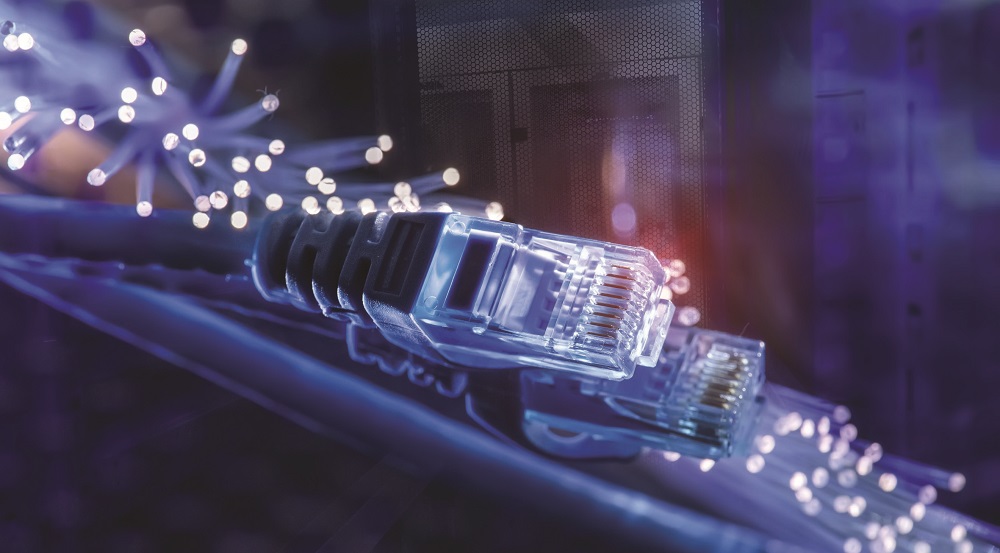As AvoIP signal distribution technology and its benefits grow more familiar, more integrators and their customers are becoming adopters thanks to its performance, flexibility and cost-effectiveness. As a newer technology for many, education and training are critical in making the transition away from proprietary matrix systems to 1Gb (JPEG 2000) or 10Gb (SDVoE) solutions.
Here are some simple mistakes to avoid when implementing them:
1. Starting the SDVoE/AVoIP project before fully understanding the true scope of your customer’s use case
From your earliest project conversation, it is important that you understand what problems your customer is trying to solve and business goals they are trying to achieve. And that’s just the starting point. Equally or even more relevant is an understanding of their use case. There could be implications uncovered during this larger use case discussion that your customer may not have considered. Another aspect to the planning is your customer’s future needs. Is the system they are seeking future-proof and/or easily upgraded as their needs change and grow? (Of course, the SDVoE/AVoIP uncompressed 4K 10Gb or compressed 4K 1Gb solutions offer great flexibility and interoperability with a vast universe of products when the time comes.)
2. Not preparing a complete and holistic solution
It goes without saying that today’s AV systems can be exceedingly complex in and of themselves. Adding to this, it’s quite likely they may need to work in conjunction with other systems in a given environment. First and foremost, the customer needs to ensure that their existing or proposed network is engineered properly to support video. How audio will be managed, routed and woven into the AV distribution system is also an important consideration. Further, the functionality required by the third-party control system must be spec’d out properly to address the needs of the daily user. By doing your homework on the front end, you can avoid headaches and delays that will waste time, lead to cost overruns and damage your relationship with your clients. This includes making sure all system components complement each other by racking, stacking and testing components prior to deploying at the customer’s site.
3. Neglecting to label and document everything upon project completion
This sounds embarrassingly simple, but it is so important and often overlooked and neglected. Once you’ve completed the project and tested all systems and applications to ensure everything is working properly, you will want to label all system components and update and finalize all documentation. This will support future additions and changes as well as service requirements if and when a system issue occurs. Nothing is more frustrating than being under the gun with a disgruntled client and not being able to quickly isolate where the issue may have arisen. Most understand it is an imperfect world, and with all technologies and systems, these sorts of things happen – few will have the patience for long disruptions to figure out how to fix them. There is a direct positive correlation between long-term stable deployments and this seemingly simple task.
4. Going “live” with the SDVoE/AVoIP System before making sure all firmware and software updates are current
Going live with a newly installed AV system is a moment of truth that resonates with your customer. You don’t want to diminish it with an unnecessary troubleshooting session caused by neglecting to check all components are operating with the latest firmware and software updates. Worse yet, failing to update these components can result in unnecessary and unwarranted service calls once the job is “finished” and impact your client’s perception of the job. The most successful go-live events typically follow an adequate testing period that was part of the implementation plan.
5. Calling the manufacturer with questions BEFORE you’ve read the manual
AV product manufacturers, in a perfect world, should be more than happy to assist in any issues that come up before, during or after an installation. However, integrators can obtain better and more timely results for their clients, and improve customer satisfaction, by simply reading the manual first. Even if you still need to make the call, you will undoubtedly have a better understanding of the issue that can help make the interaction with tech support more productive. For those that are not manual readers, look for manufacturers that provide crucial tools for your success, such as tech tip videos, formal CTS accredited online training and live instructor-led webinars.
Of course, these tips only scratch the surface. Successfully mastering the installation process requires an ongoing commitment to learning all the power and flexibility of AVoIP and the SDVoE standard.










